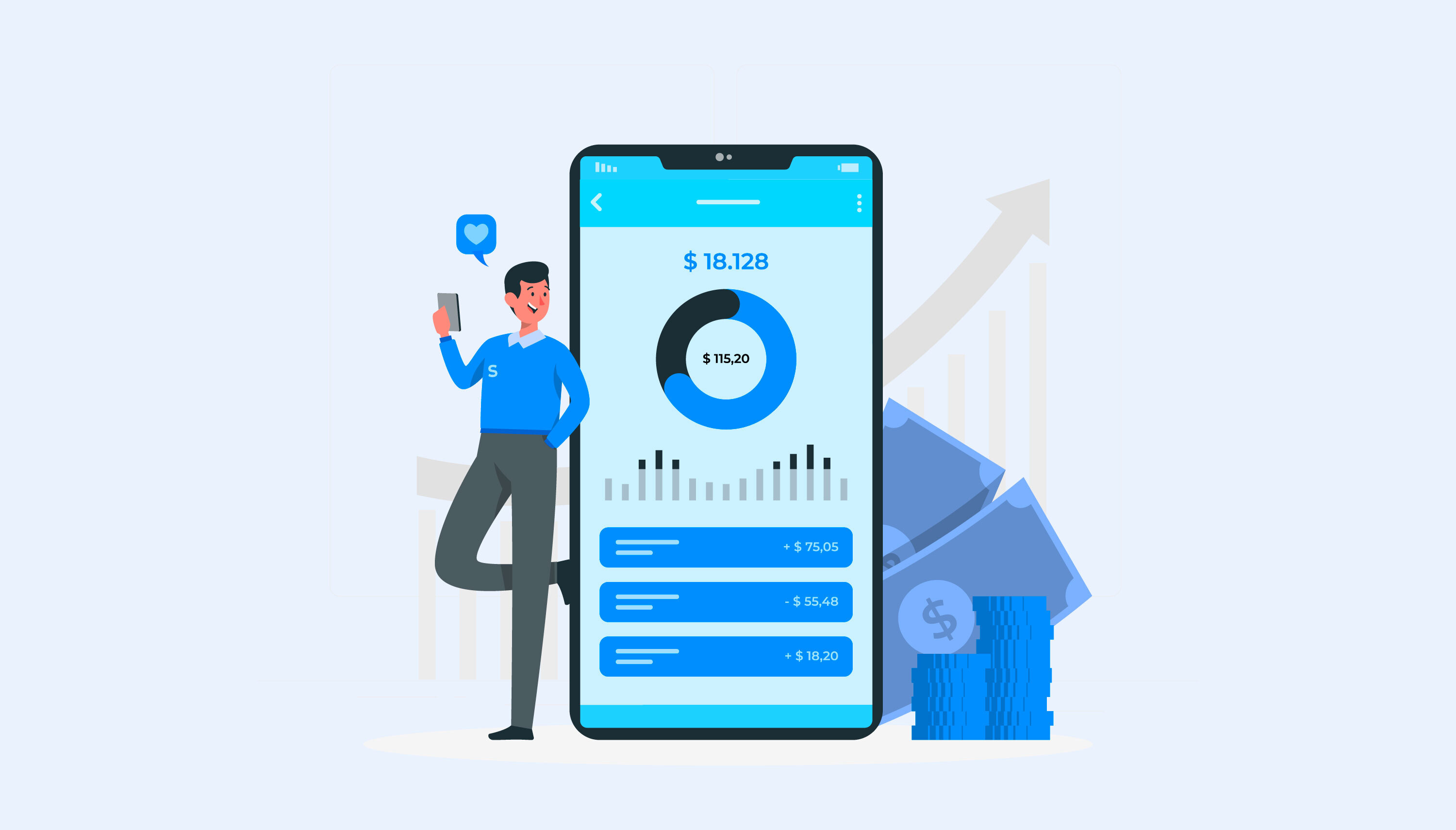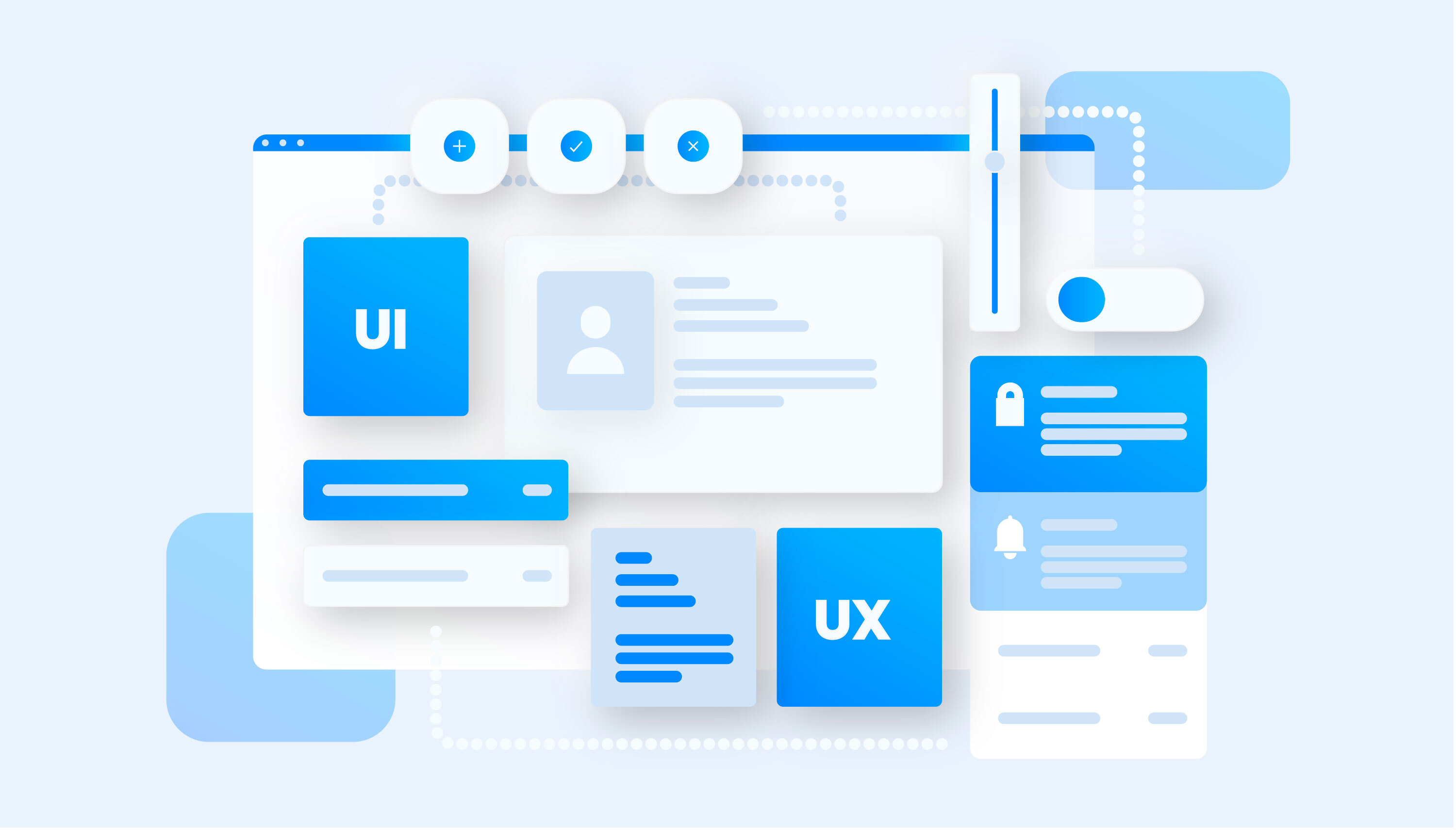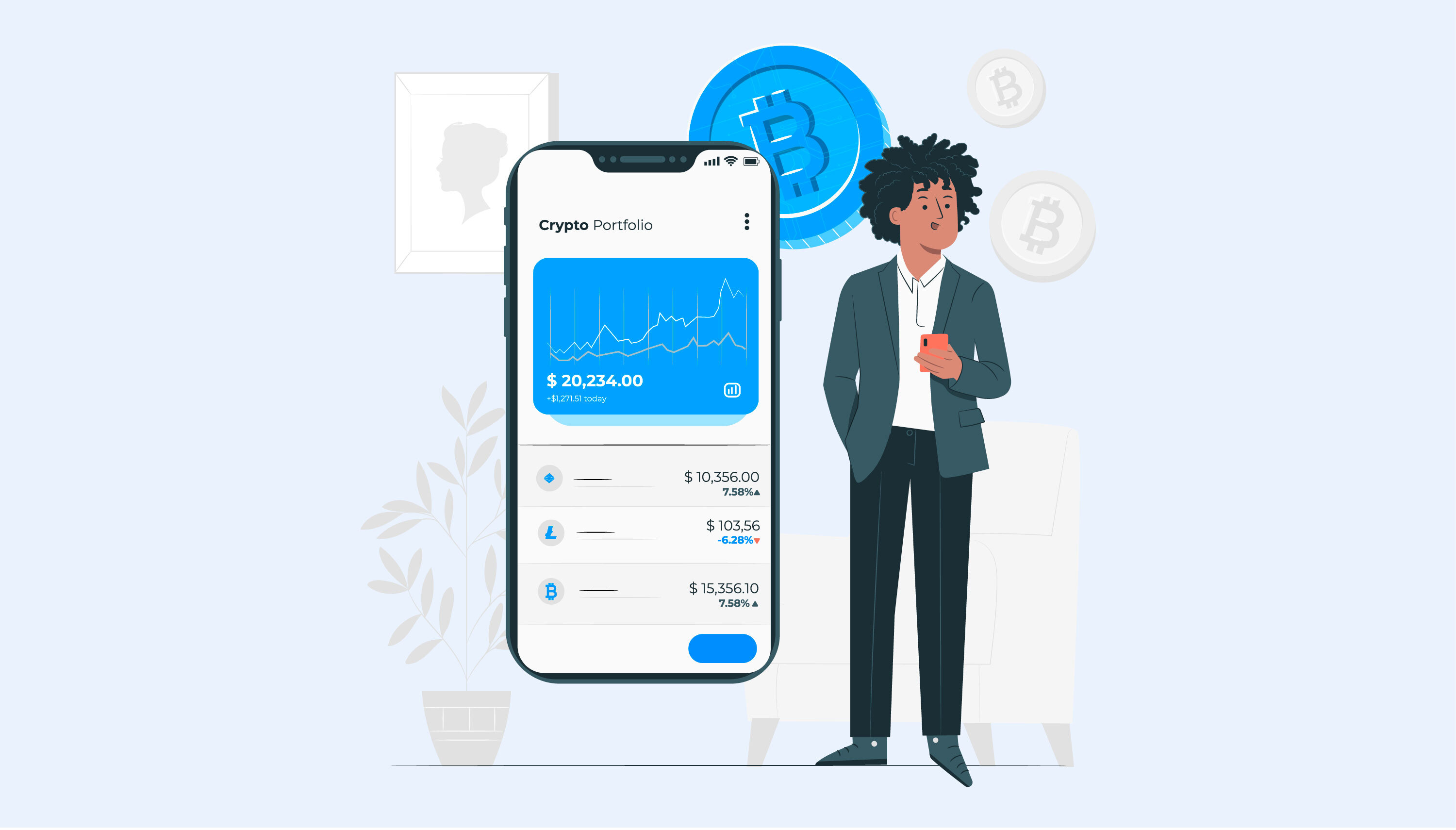
How to create an investment app: features and costs
Creating an investment app involves several key considerations, including defining features, development costs, and ongoing maintenance. Here's an overview of essential features and potential costs associated with developing an investment app.
1. User Registration and Onboarding:
- Allow users to register and create accounts securely.
- Implement identity verification measures, such as KYC (Know Your Customer) and AML (Anti-Money Laundering) checks.
- Cost: The complexity of registration and verification processes can impact development costs. Expect this feature to be a moderate part of your budget.
2. Account Management:
- Enable users to view their investment portfolio, including holdings, transaction history, and performance metrics.
- Provide options for users to deposit funds, withdraw funds, and manage their account settings.
- Cost: Account management features are fundamental and should be factored into the core development costs.
3. Investment Options:
- Offer a variety of investment options, such as stocks, bonds, mutual funds, ETFs (Exchange-Traded Funds), and cryptocurrencies.
- Provide educational resources and investment research tools to help users make informed decisions.
- Cost: Integrating investment options and research tools may require additional development resources, depending on the complexity and depth of features.
4. Trading Functionality:
- Enable users to buy and sell investments directly within the app.
- Implement real-time market data feeds, order execution capabilities, and price alerts.
- Cost: Developing trading functionality can be complex and may involve integrating with third-party brokerage APIs. Expect this feature to be a significant portion of your development budget.
5. Security Features:
- Implement robust security measures to protect user data and transactions, including encryption, multi-factor authentication, and secure communication protocols.
- Regularly audit and update security protocols to mitigate potential vulnerabilities.
- Cost: Security is paramount in financial applications and may require ongoing investment in development and maintenance.
6. Notifications and Alerts:
- Provide users with timely notifications and alerts related to account activity, market updates, and investment opportunities.
- Allow users to customize notification preferences based on their preferences and risk tolerance.
- Cost: Implementing notification features may require additional development efforts but can enhance user engagement and retention.
7. Performance Tracking and Reporting:
- Offer tools for users to track the performance of their investments over time.
- Generate detailed reports and visualizations to help users assess their portfolio performance and make informed decisions.
- Cost: Developing performance tracking and reporting features may require additional resources but is essential for providing value to users.
8. Regulatory Compliance:
- Ensure compliance with relevant financial regulations and standards, such as SEC regulations in the United States or GDPR in Europe.
- Stay informed about regulatory changes and updates to maintain compliance over time.
- Cost: Regulatory compliance efforts may involve legal consultation and ongoing monitoring, which should be considered in your overall budget.
Development Costs:
- The overall cost of developing an investment app can vary widely depending on factors such as feature complexity, platform compatibility (iOS, Android, web), design requirements, and development resources (in-house vs. outsourcing).
- A rough estimate for developing a basic investment app with essential features could range from tens of thousands to hundreds of thousands of dollars. More complex apps with advanced features may require a higher budget.
Ongoing Maintenance Costs:
- In addition to initial development costs, it's essential to budget for ongoing maintenance, updates, and support to ensure the app remains secure, functional, and compliant with evolving regulations and technological changes.
- Ongoing maintenance costs typically range from 20% to 30% of the initial development budget per year, depending on the complexity of the app and the level of support required.
In summary, creating an investment app involves careful planning, development, and ongoing investment to deliver a secure, user-friendly platform that meets the needs of investors while complying with regulatory requirements. By understanding the essential features and associated costs, you can effectively budget and prioritize development efforts to build a successful investment app.



